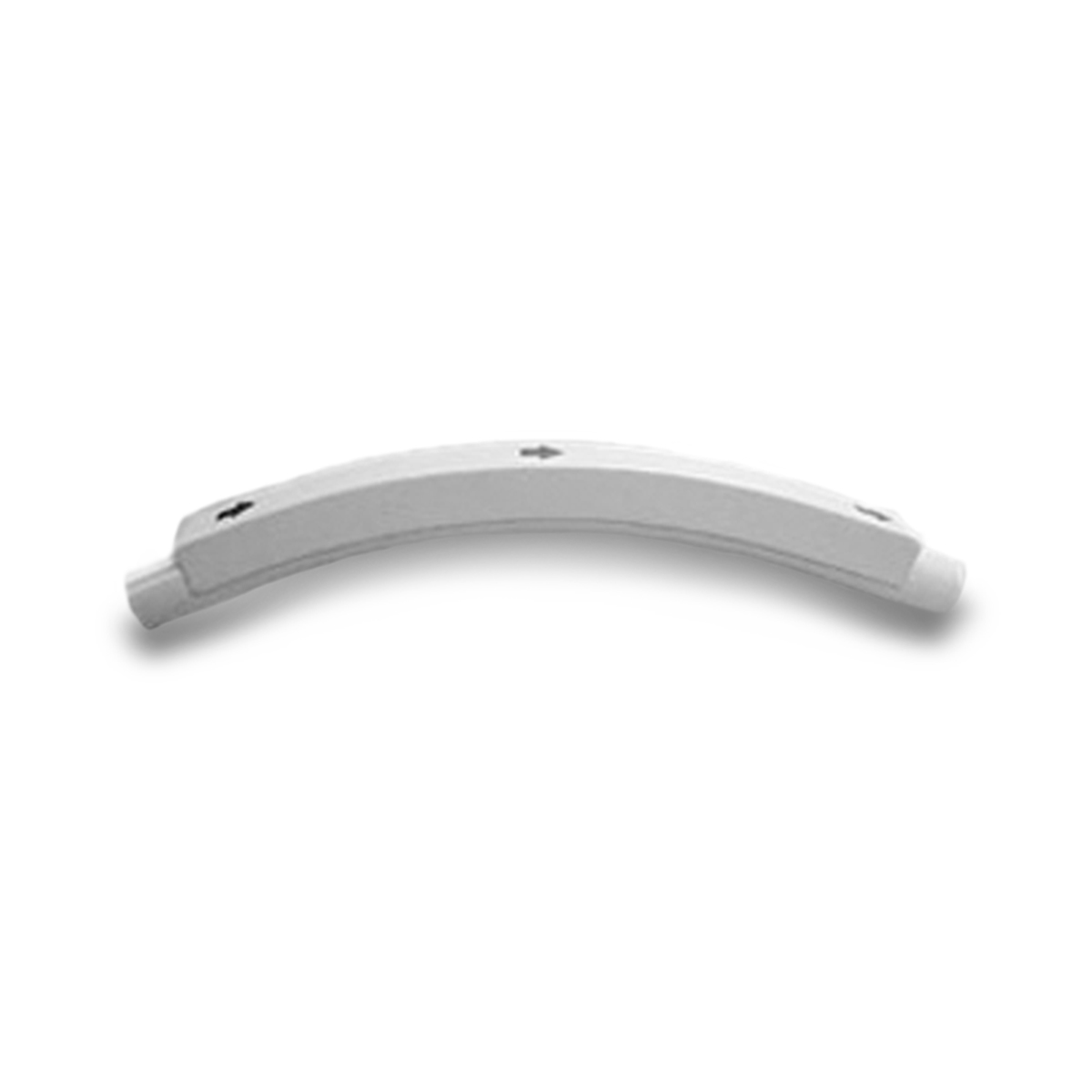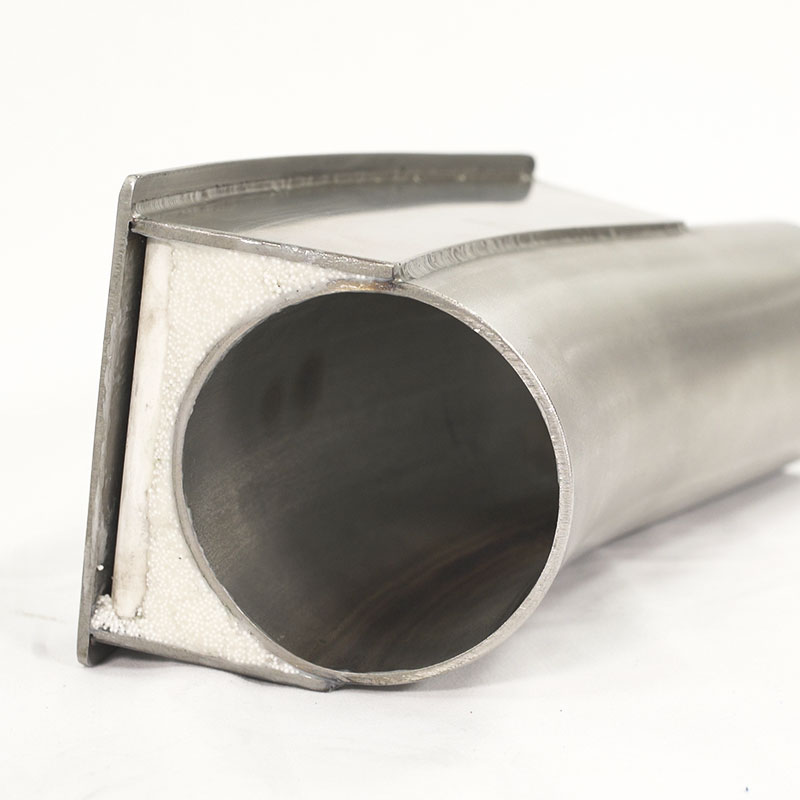Cast Ceramic Flat-Back Elbows
These elbows are designed and manufactured for extremely abrasive applications. The key feature of the cast ceramic flat-back elbow is that it uses a pipe or tube for the inner core substrate. This lessens the wear caused by the outlet transition which is no longer needed as the elbow goes from square back to round.
Cast ceramic flat-back elbows are available in:
- Any degree and centerline radius (CLR)
- Carbon steel and stainless steel
- Pipe and tube
- Plain ends, flanged ends, grooved ends, and other specified ends
You can also request customized cast ceramic flat-back elbows – just speak to one of our experts about your exact requirements.
Benefits of using cast ceramic flat-back elbows
This type of elbow is extremely abrasion-resistant while also being impact-resistant. These properties help to reduce wear and therefore maintenance costs and system downtime. Because they are so durable, cast ceramic flat-back elbows can remain in a system for a long time and don’t need to be changed frequently. They also easily replace the conventional elbow without changing the line flow. This means you can:
Minimize costs • Boost efficiency • Improve production capabilities
Cast ceramic flat-back elbow applications
These elbows are typically used in heavy industry to convey highly abrasive materials such as chemicals, metals, and composite products. They do not have to be changed as frequently as bare elbows and therefore are ideal for difficult-to-reach areas of your system.
Are cast ceramic flat-back elbows right for your pneumatic conveying system?
As with any elbow, you need to make sure a cast ceramic flat-back elbow is right for your system. Choosing the right elbow depends on the design of your system and on how many elbows you need. If you are thinking of fitting a cast ceramic flat-back elbow and have specific concerns about contamination or temperature, it’s best to call and talk to an expert.


